
 |
|
|
#1 |
|
Registered User
Join Date: Sep 2000
Location: Falcon, CO
Posts: 194
|
1982 Shortbed 4x4
If you saw the recent video, you know my soon-to-be-driving son and I took the ’82 Chevy Shortbed cab off the frame,
something we didn't initially intend to do. Since then we’ve moved it into the garage and stripped the cab of it’s remaining attachments: glass, brake booster, parking brake, hood release, etc. along with the wiring (both factory and "previous owner") and up-ended it to gain easy working access to the underside. 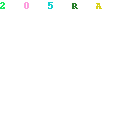 As you're all aware, the cab corners on a lot of these notoriously rot out from the years’ accumulation of dirt & moisture and this one was no different. Some owners will choose to let them rot and drive the trucks as-is, paying more attention to the mechanicals as time & money allow. (That was a younger me.) Some will purchase replacement corners or have the work done professionally. Others will choose to cover the rot with plastic body filler to hide it before painting. You can probably guess that our previous owner chose Option #3. 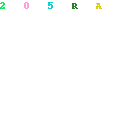 Although it may not seem like a lot of fun to most, it’s a good opportunity for one of us to see why we’d rather do things right. Truth be told, he’s already grown weary of running into all the make-shift repairs on this particular vehicle; but if it were perfect, there’d be nothing to get good at, right? 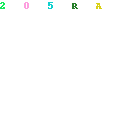 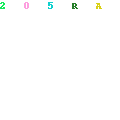 We bought this as a first project and a project it is. He is seeing first-hand how and why to fix things the right way. This is the perfect first truck in my opinion. At the time of this photo we hadn’t yet started cutting back to get to good, weldable metal. We just hit what was left of the body filler a few times with a hammer, let it fall to the floor in crumbles, and then chiseled-out the remains and all the paper/cloth that was stuffed in as backing. What was left was what was there to begin with:  Knowing we were going to get into a similar situation on the driver’s side, we went through the same routine with the hammer so we could take care of both sides at the same time. After knocking out the garbage, we cut the metal back to see how far up the cab we would need to go and then measured for what size pieces we needed to make: 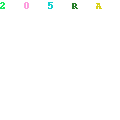 In a short time the next morning with basic tools we had a couple of patch panels ready to try. A few test-fits, subsequent trimming and trips back-and-forth to the bench grinder, and the newly formed parts were ready to tack in place: 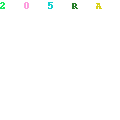  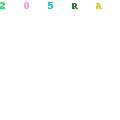 We’re going to wait until he rebuilds the engine/trans/transfer case and re-installs them between the framerails before lifting the cab back into place, but we’ll get it all done one piece at a time.  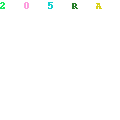
__________________
ColoradoMelons.com |
|
|

|
| Bookmarks |
|
|